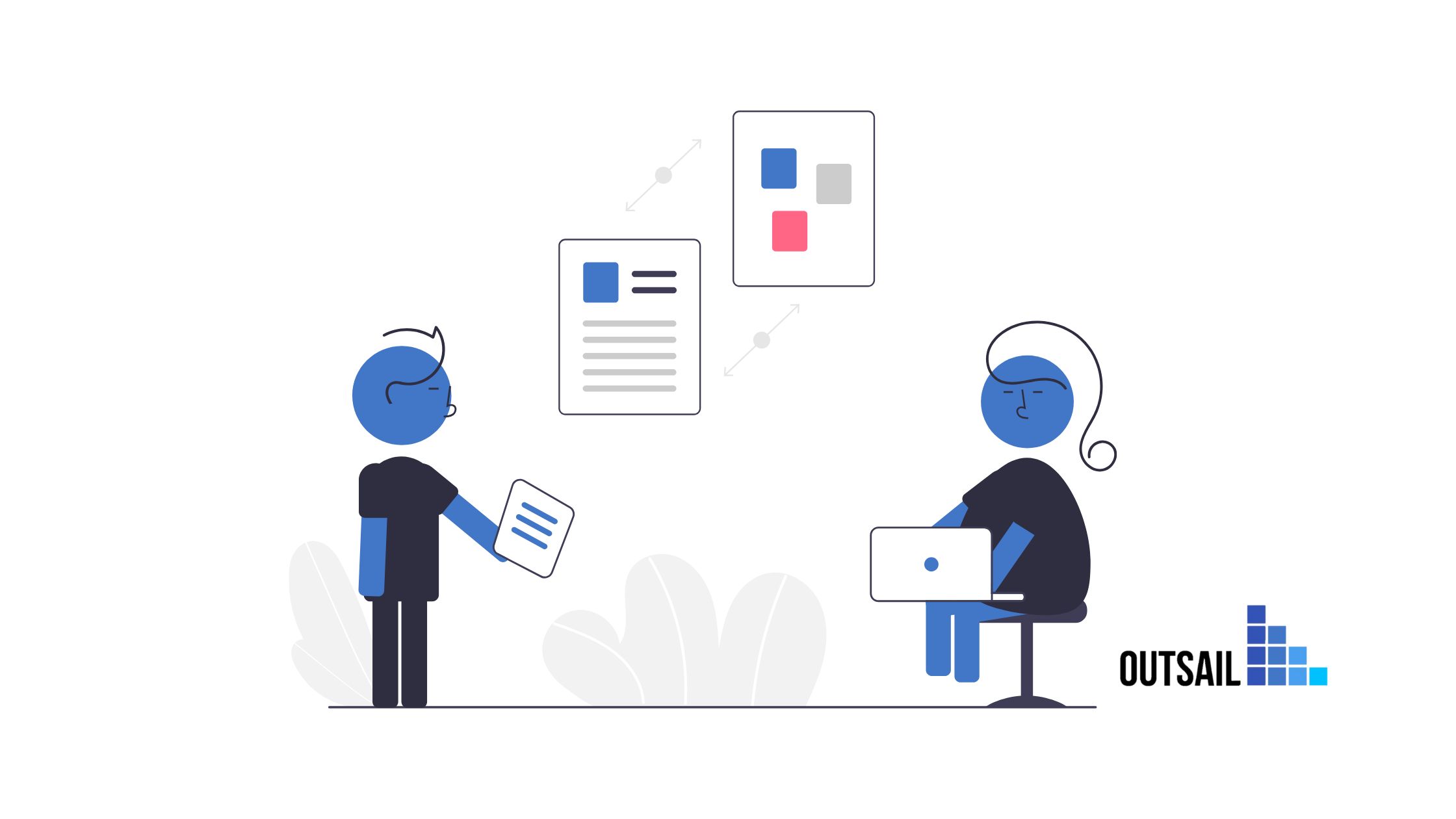Optimize operations with HRIS for consulting firms. Discover professional services HR software with advanced time tracking HRIS, billable hours software, and project-based HRIS solutions.

Professional services firms operate in a unique business environment where time literally equals money. For consulting, legal, and accounting firms, every billable hour represents direct revenue, making accurate time tracking, project billing, and utilization reporting not just administrative tasks—but strategic imperatives that directly impact profitability and competitive positioning.
Yet many professional services firms still struggle with outdated systems, manual processes, and disconnected tools that fail to provide the real-time visibility needed to optimize operations. The right HRIS for consulting firms can transform how these organizations track billable hours, allocate resources, and measure performance. This deep dive explores how modern professional services HR software addresses the specific challenges facing project-based organizations.
Ready to find the perfect HRIS solution for your professional services firm? Book a Professional Services HRIS Consultation with OutSail's experts today.
Professional services firms face distinct operational challenges that separate them from other industries. According to the U.S. Bureau of Labor Statistics, the professional, scientific, and technical services sector encompasses establishments that "specialize in performing professional, scientific, and technical activities for others" requiring "a high degree of expertise and training."
This expertise-driven model creates specific requirements:
Unlike manufacturing or retail businesses with predictable workflows, professional services firms juggle multiple client engagements simultaneously. Each project has different scopes, timelines, budgets, and team compositions. This fluidity demands HR systems that can seamlessly track time allocation across various projects and clients.
The distinction between revenue-generating client work and necessary internal activities shapes everything from compensation to performance evaluation. Traditional HRIS platforms designed for standard employees often lack the granular time tracking capabilities needed to differentiate these categories accurately.
While other industries measure productivity through units produced or sales closed, professional services firms rely heavily on utilization rates—the percentage of available hours spent on billable client work. This metric directly correlates to profitability and firm health.
Professional services firms frequently scale teams up or down based on project demands, incorporating contractors, part-time specialists, and temporary resources. Time tracking HRIS systems must accommodate this workforce flexibility.
The industry's growth trajectory amplifies these challenges. The Bureau of Labor Statistics projects that employment in management, scientific, and technical consulting services will grow 13.5% from 2021 to 2031, adding over 220,000 jobs. As firms expand, manual or inadequate systems become increasingly untenable.
When professional services firms operate without robust billable hours software, the financial and operational consequences accumulate quickly:
Modern professional services HR software must deliver specialized functionality beyond standard HR management:
The foundation of any project-based HRIS is its time tracking module, which must offer far more than basic logging features. Multi-dimensional time entry enables consultants to record their hours against multiple attributes simultaneously—such as client, project, task, billing code, and cost center—allowing firms to conduct detailed reporting and analysis.
Since consultants increasingly work from varied locations like client sites, home offices, and co-working spaces, mobile-first capture with offline capability ensures time is accurately tracked regardless of location or connectivity. Built-in timer functionality further enhances accuracy by measuring actual elapsed work time and eliminating estimation errors.
Configurable approval workflows route time entries through the appropriate managerial review process before billing, supporting complex organizational hierarchies. Integration with calendar systems can further automate and simplify the process by suggesting time entries based on scheduled meetings and appointments, reducing manual effort and improving accuracy.
While comprehensive project management is often handled by specialized PSA (Professional Services Automation) tools, project-based HRIS solutions should integrate seamlessly with these systems. They should support complex project hierarchies—including master contracts with multiple sub-projects, phases, and workstreams—while maintaining clear reporting rollups.
Effective billing rate management is essential, as consultant rates often vary based on the client, project type, or service line; the HRIS must ensure accurate rates are applied to each time entry. Real-time budget tracking helps project managers monitor hours consumed against budgeted allocations, allowing them to detect and address potential overruns early.
Even if invoicing is handled by separate accounting systems, the HRIS should export clean, verified time data to streamline the billing process. Additionally, client portal access—available in more advanced solutions—can improve transparency and trust by allowing clients to review time entries, approve hours, and track project progress directly.
Utilization analysis is one of the most valuable capabilities of a project-based HRIS, as it directly impacts revenue, profitability, and resource planning. Managers need visibility into utilization at multiple levels, including individual consultants, project teams, practice areas, and the firm as a whole.
Most consulting firms aim for utilization rates between 70–85%, though optimal targets vary by business model. The system should clearly distinguish between billable client work and non-billable internal activities such as training, business development, and administrative tasks, helping firms balance revenue generation with long-term growth. Realization rates—measuring the percentage of billable hours that are actually invoiced and collected—provide further insight into discounting, write-offs, and payment issues.
Historical utilization data supports trend analysis, enabling firms to forecast capacity needs, identify seasonal fluctuations, and make informed hiring decisions. By combining time data with billing rates and overhead costs, the HRIS can calculate project-level profitability, helping firms identify which engagements yield strong margins. Customizable dashboards ensure that each stakeholder, from partners to individual contributors, has access to the metrics most relevant to their role.
Managing human capital effectively requires advanced planning tools, especially given the size and complexity of the professional services sector, which employs over 9.3 million people in the United States alone.
A robust project-based HRIS should provide real-time capacity visibility, showing who is available, overbooked, or underutilized, thus helping firms avoid overcommitment and identify opportunities to accept new work. Skills-based allocation ensures that consultants are matched to projects based on their expertise, improving project outcomes and client satisfaction. Scenario planning features allow firms to model different staffing options and evaluate their impact on utilization and profitability before committing resources.
Finally, integrating opportunity pipeline data with resource forecasts allows firms to anticipate future needs and make proactive decisions about hiring, training, or reallocation of resources—ensuring they remain agile and competitive in a dynamic marketplace.
No HRIS operates in isolation. Professional services firms typically maintain several interconnected systems:
The key is finding a project-based HRIS that offers robust APIs and pre-built connectors to your existing technology stack, minimizing custom development costs while ensuring data consistency across systems.
Successfully deploying billable hours software requires more than selecting the right technology:
The future of time tracking and project management for professional services firms includes several promising developments:
When evaluating HRIS for consulting firms, the ROI calculation should include both hard and soft benefits:
For professional services firms, time tracking, project billing, and utilization management aren't peripheral HR functions—they're core business processes that directly determine profitability and sustainability. The right project-based HRIS transforms these processes from administrative burdens into strategic advantages.
Firms that continue relying on manual systems, disparate tools, or generic HRIS platforms designed for other industries leave money on the table while frustrating consultants with clunky processes. Meanwhile, organizations that invest in specialized professional services HR software gain visibility, agility, and insight that drive better business outcomes.
The professional services landscape will only become more competitive. Firms that leverage technology to optimize billable utilization, accelerate billing cycles, and make data-driven decisions will pull ahead of competitors still operating with outdated approaches.
Is your firm ready to transform how it tracks time, bills clients, and measures performance? Contact OutSail today to discover how the right HRIS solution can drive measurable improvements in utilization, profitability, and consultant satisfaction.
The question isn't whether to invest in better systems—it's how quickly you can implement solutions that unlock the full potential of your most valuable asset: your people's time and expertise.
